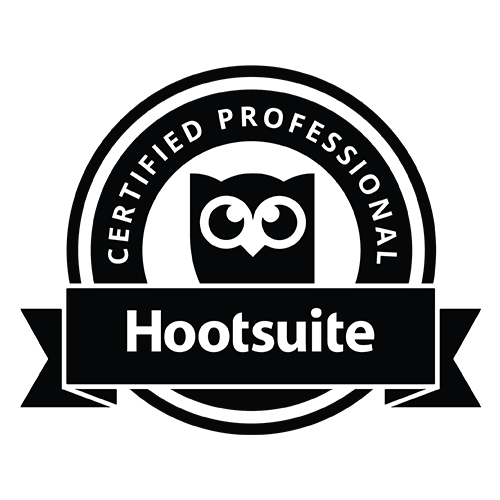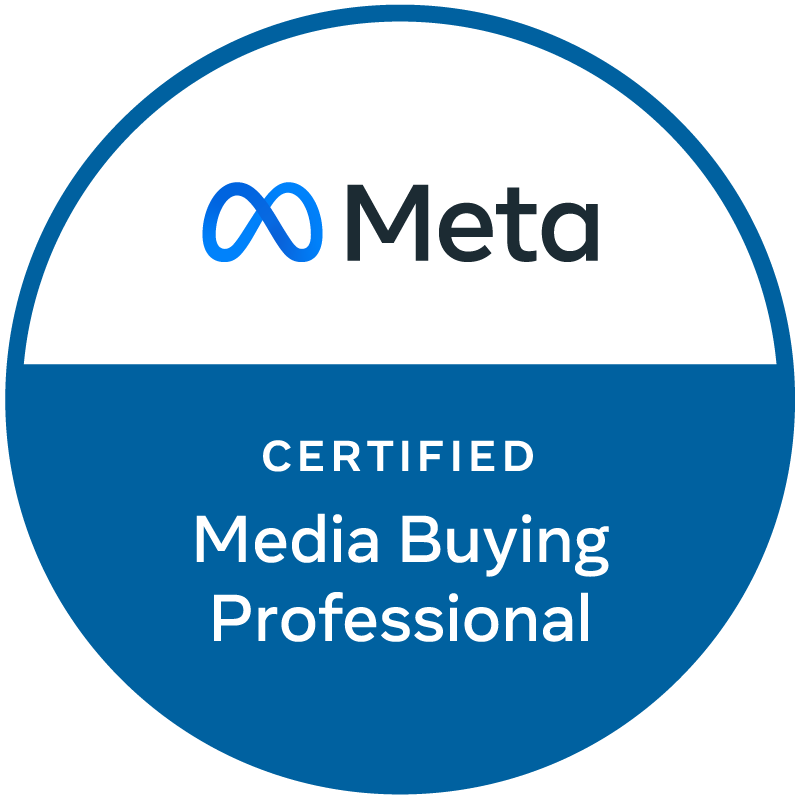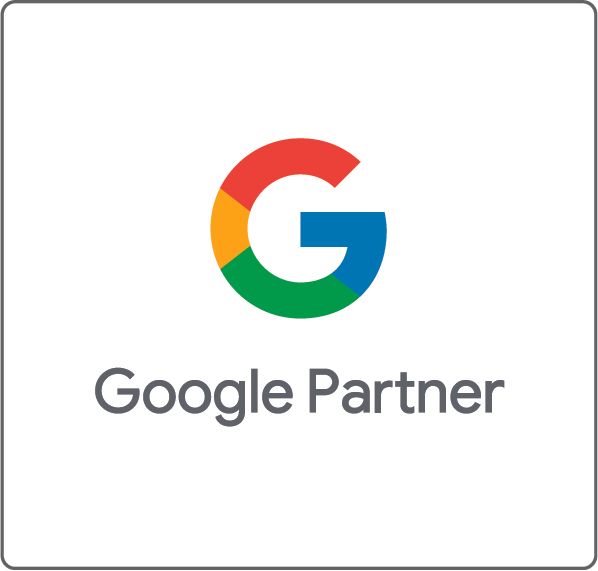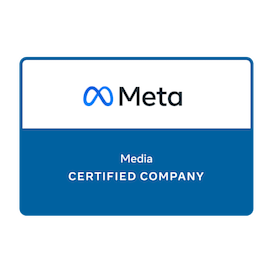Your Website, Your Way: Vibe Coding for Marketing
It’s no secret that many industries are integrating artificial intelligence into their daily operations. According to a recent McKinsey study,
92 percent of companies plan to invest more in generative AI over the next three years. This trend is making traditionally complex fields like coding more approachable, even for those without prior experience. “Vibe coding,” a term popularized by former Tesla AI executive Andrej Karpathy, uses Large Language Models (LLMs) like ChatGPT to generate code from natural language prompts, where developers describe the intended behavior rather than writing precise code. While this offers clear benefits for developers, how can marketers leverage vibe coding to improve their day-to-day operations?
Brazil Bans X
Building Custom Landing Page Features
Although website builders like Squarespace offer enough functionality to create clean landing pages, vibe coding allows marketers to develop tailormade solutions. Instead of being limited by pre-built templates, marketers can use natural language prompts to describe the exact layout, interactive elements, and dynamic content they envision. This level of granular control enables marketers to optimize every aspect of the landing page, from visual design to user experience, creating more impactful campaigns.
For example, imagine a marketer wants to create a detailed FAQ section on a landing page but doesn't want it to take up too much space. Traditionally, creating a collapsible FAQ section would require some knowledge of HTML, CSS, and JavaScript. With vibe coding, the marketer could simply prompt:
"Generate a collapsible FAQ section for my landing page. Each FAQ item should have a question as a title and an answer that appears when the title is clicked.”

The AI would then generate the code to create a functional collapsible menu, allowing users to easily expand and collapse the FAQ items without needing to scroll through a long list. This would enhance the user experience and keep the landing page clean and organized.
Optimizing for Mobile: Reaching Your Audience Anywhere
In today's mobile-first world, ensuring your landing pages look and function flawlessly on smartphones and tablets is crucial. However, adapting a website for various screen sizes can be a technical challenge. This is where vibe coding simplifies the process.
Instead of manually writing complex code, you can use natural language to instruct the AI to optimize your landing page for mobile devices. For example, you could say:
"Make this landing page responsive so it looks good on phones and tablets."
"Adjust the font size and button spacing for smaller screens to make it easier to read and tap on mobile."
"Hide the large image banner on mobile devices and replace it with a smaller, optimized version."
"Ensure the navigation menu collapses into a 'hamburger' menu on mobile."
Essentially, you're telling the AI how you want the page to behave on different devices, and it handles the underlying technical details.
Simplifying Troubleshooting

Maintaining a website can often present technical hurdles. From visual problems to confusing error messages and slow performance, troubleshooting can be time-consuming. Vibe coding offers a practical solution by allowing users to describe their issues in plain language. For example, you might say, "My website isn't displaying correctly on mobile devices," or "I'm receiving an error message regarding a database connection." The AI then analyzes the problem and provides clear, actionable steps, often minimizing the need for direct code editing. This streamlines the troubleshooting process, making it more accessible to users with varying technical backgrounds.
Instead of navigating complex code or spending hours searching for solutions, vibe coding translates your natural language descriptions into practical fixes. Whether it's a plugin conflict, theme incompatibility, or performance bottleneck, the AI can help identify the root cause and guide you towards a resolution. This enables you to address common issues efficiently, ensuring your website remains functional and allowing you to focus on your core objectives.
Considerations and Limitations
The Need for Precise Specifications: Vibe coding relies on natural language prompts, but "natural" can be subjective. If your description is vague or ambiguous, the generated code might not align with your expectations. You'll often find yourself needing to refine your prompts, adding specific details and examples to achieve the desired outcome. This means you still need a clear vision of what you want, even if you're not writing the code directly.
Code Quality:
While LLMs are getting better at generating code, they're not infallible. The generated code might contain errors, inefficiencies, or even security vulnerabilities. It's crucial to treat AI-generated code as a starting point, not a finished product. Thorough testing and review are essential to ensure the code functions correctly and meets your quality standards.
The “Black Box” Effect:
One of the inherent challenges of working with large language models (LLMs) like those used in vibe coding is the "black box" nature of their decision-making. When an LLM generates code, it does so based on complex statistical patterns learned from vast amounts of data. Even if the code functions correctly, it can be difficult to fully understand
why the AI chose a particular approach or implemented a specific solution. This can make fixing problems tricky. If something goes wrong, it's harder to know exactly why, because you don't see the AI's thought process. Also, because you don't know exactly what the AI did, it can be harder to make the code better or faster. It might do the job, but it might not be the best way.
Navigating the evolving landscape of marketing technology can be challenging. Let the experienced team at SparkShoppe guide you through the latest trends, including vibe coding, to ensure your brand remains at the forefront.
Contact us today to learn more!



Address
4 Corporate Drive,
Clifton Park, NY 12065
Shopper and Marketing Insights to Your Inbox!
Sign up with your email address to receive updates and insights from the SparkShoppe team!
Newsletter footer
We will get back to you as soon as possible.
Please try again later.
We support your right to privacy and therefore will not disclose your personal data to other organizations, third party vendors, suppliers or marketers.
© 2024 All Rights Reserved | Privacy Policy | Accessibility Statement













